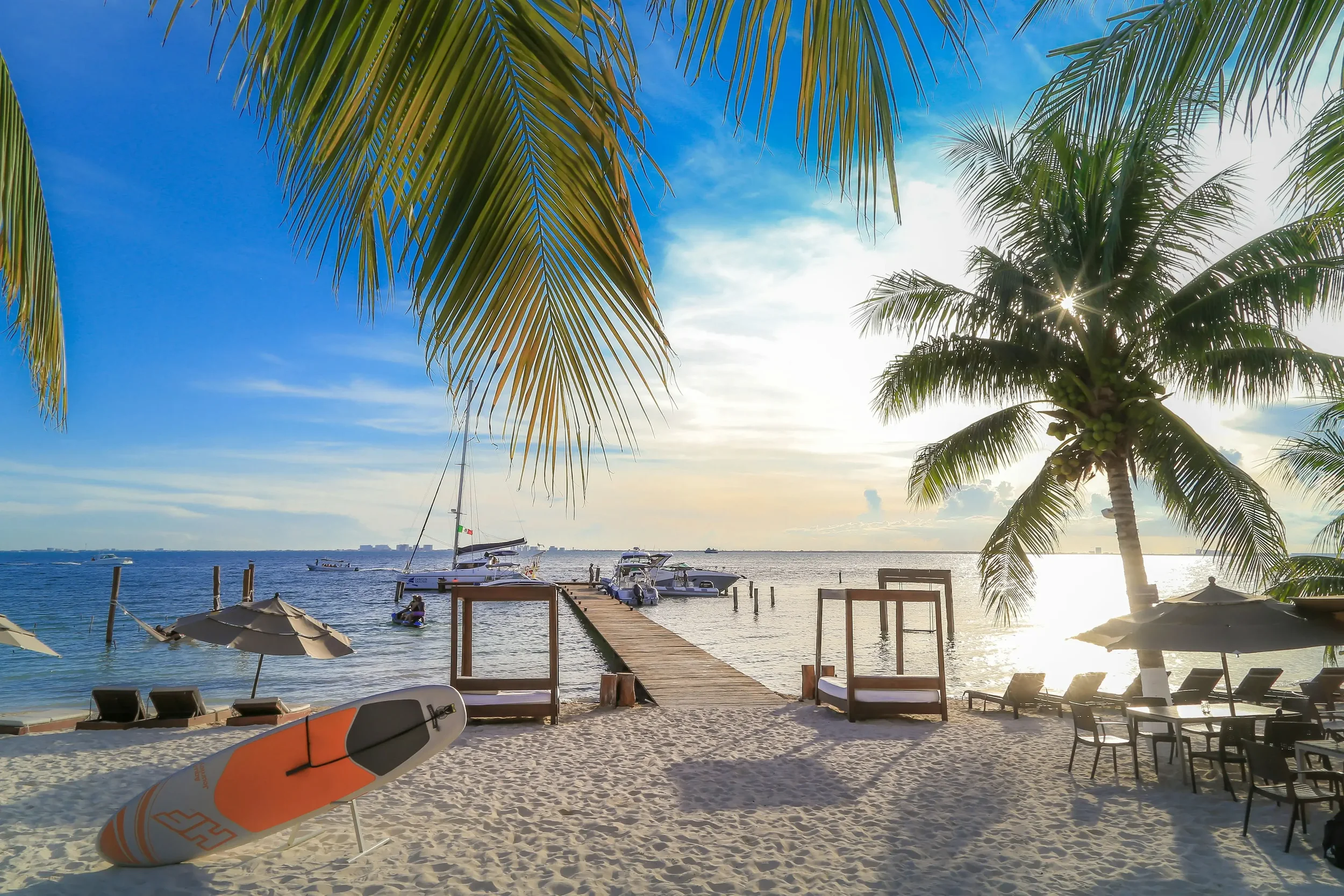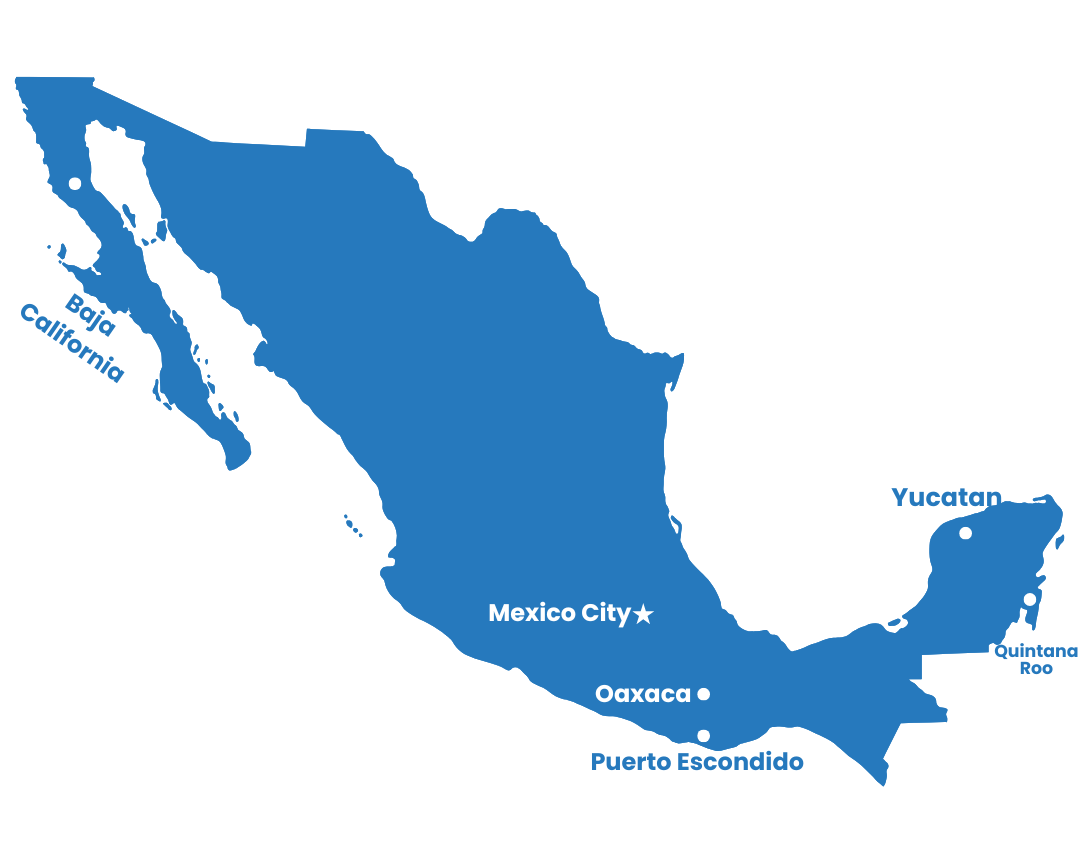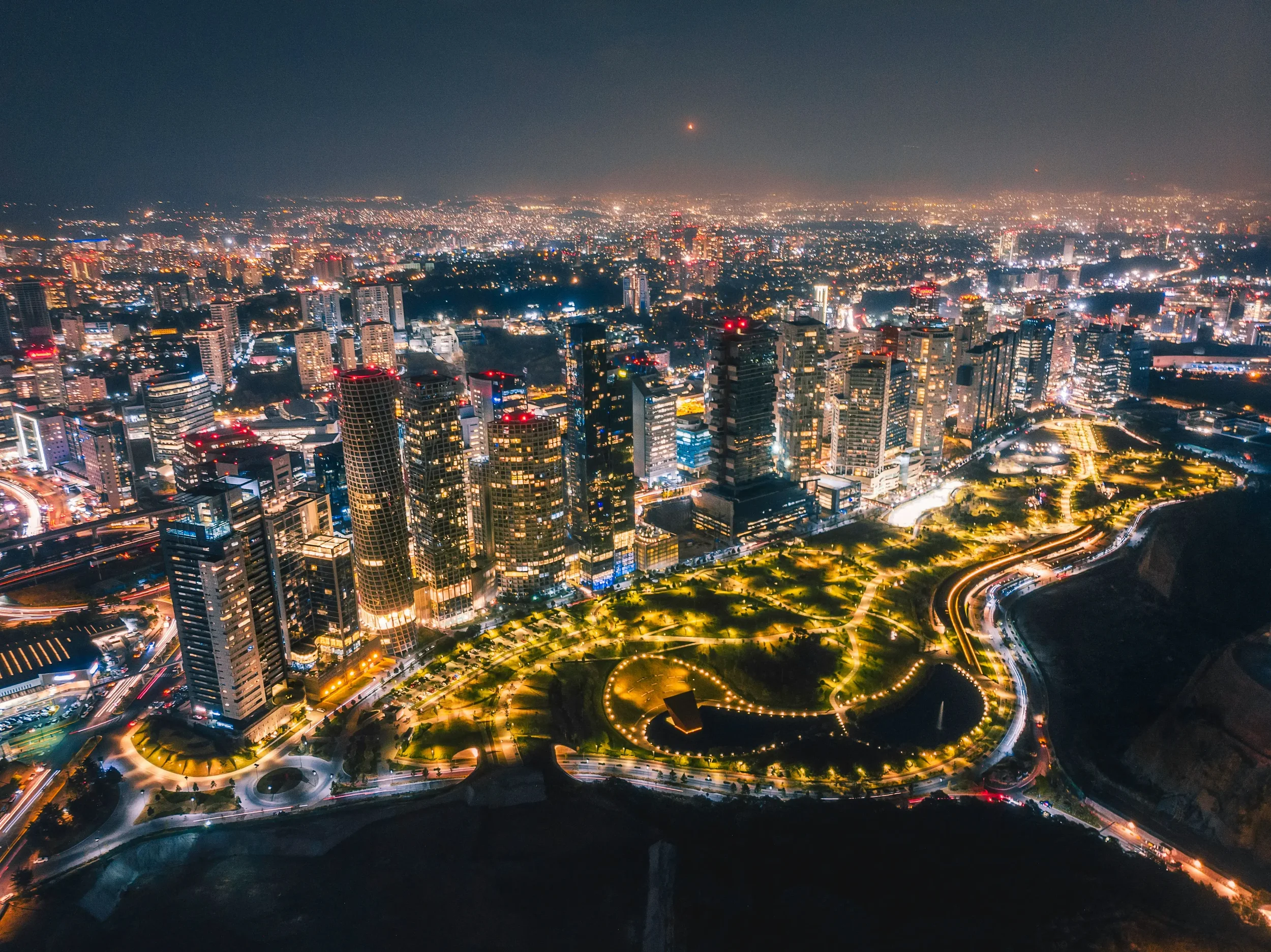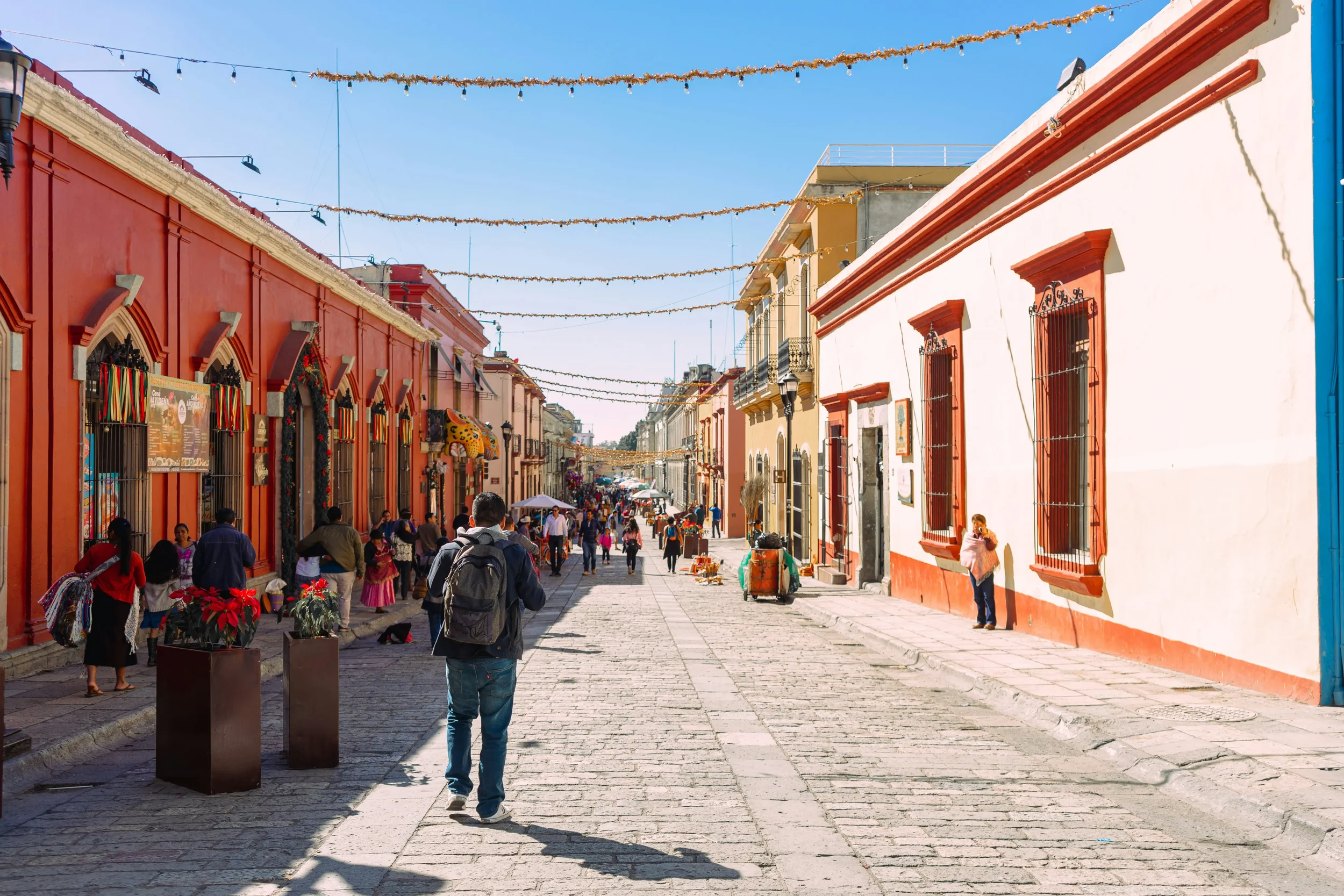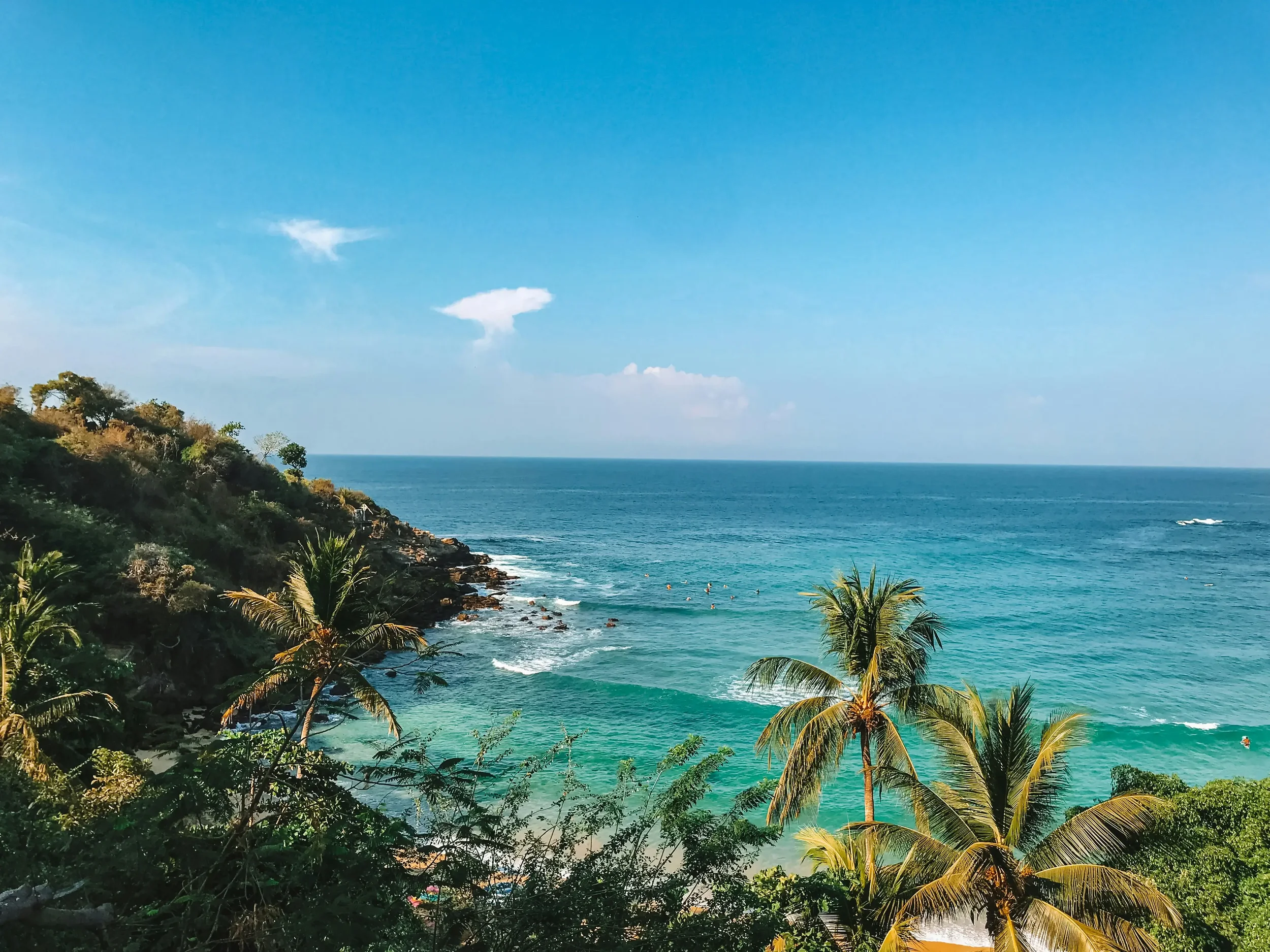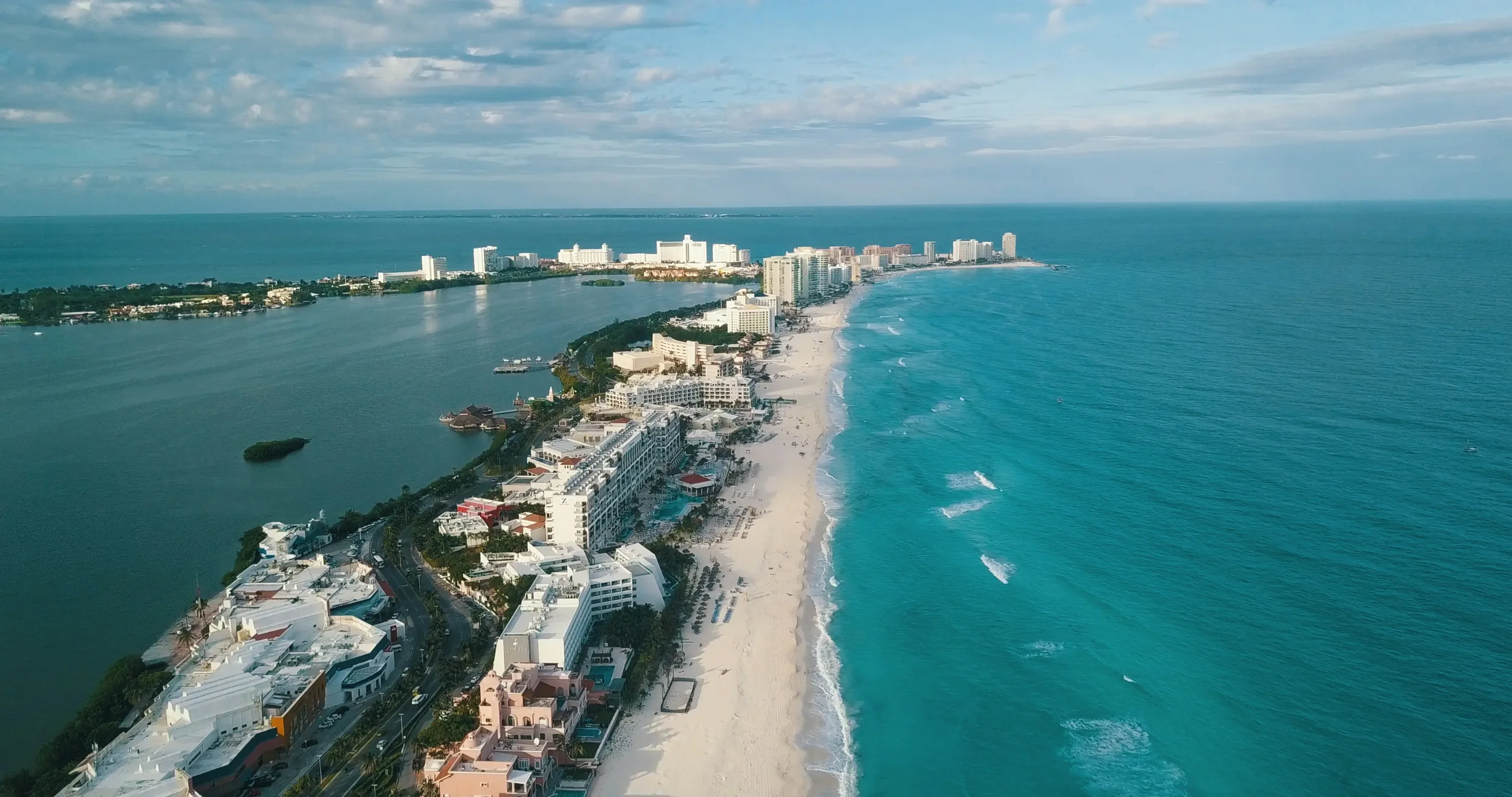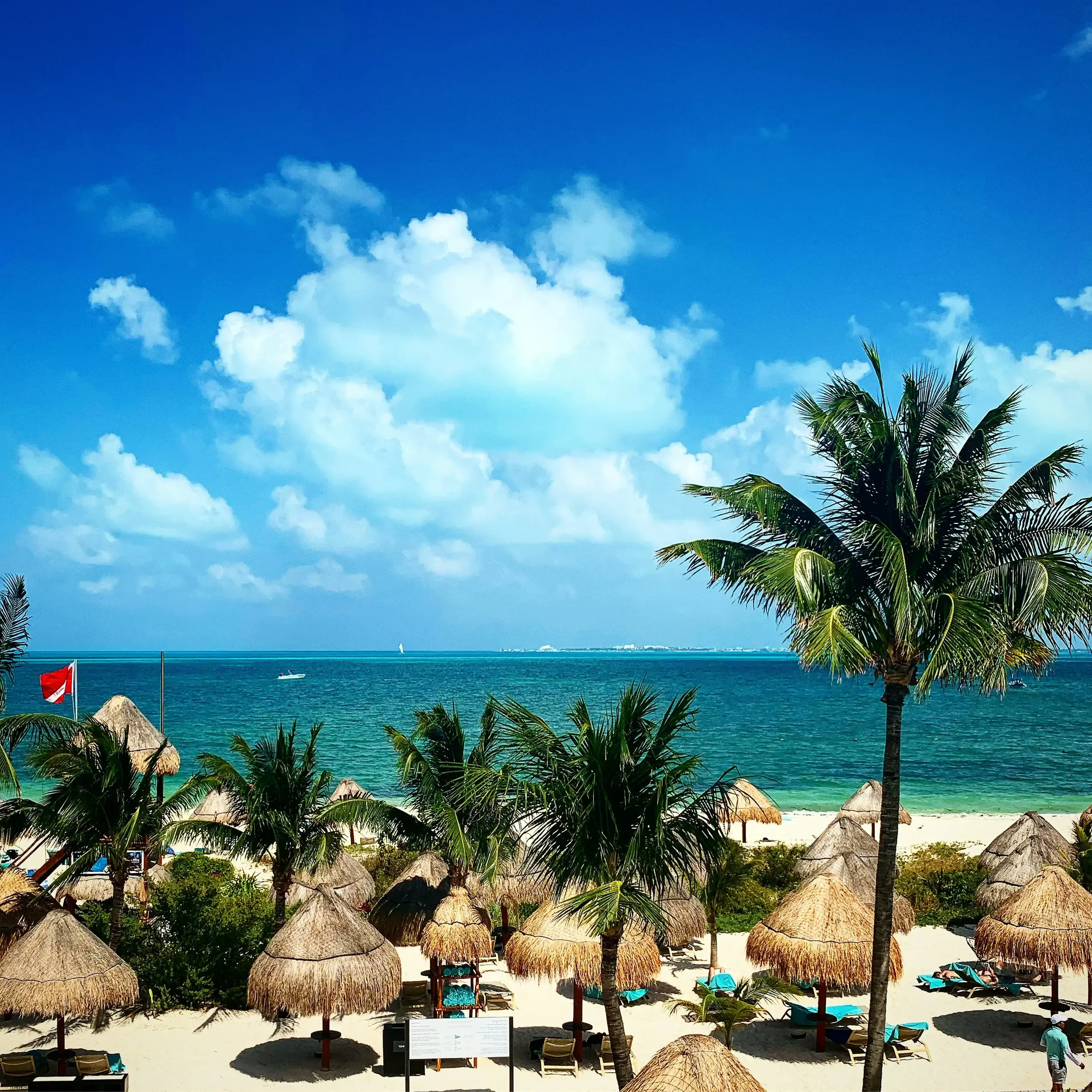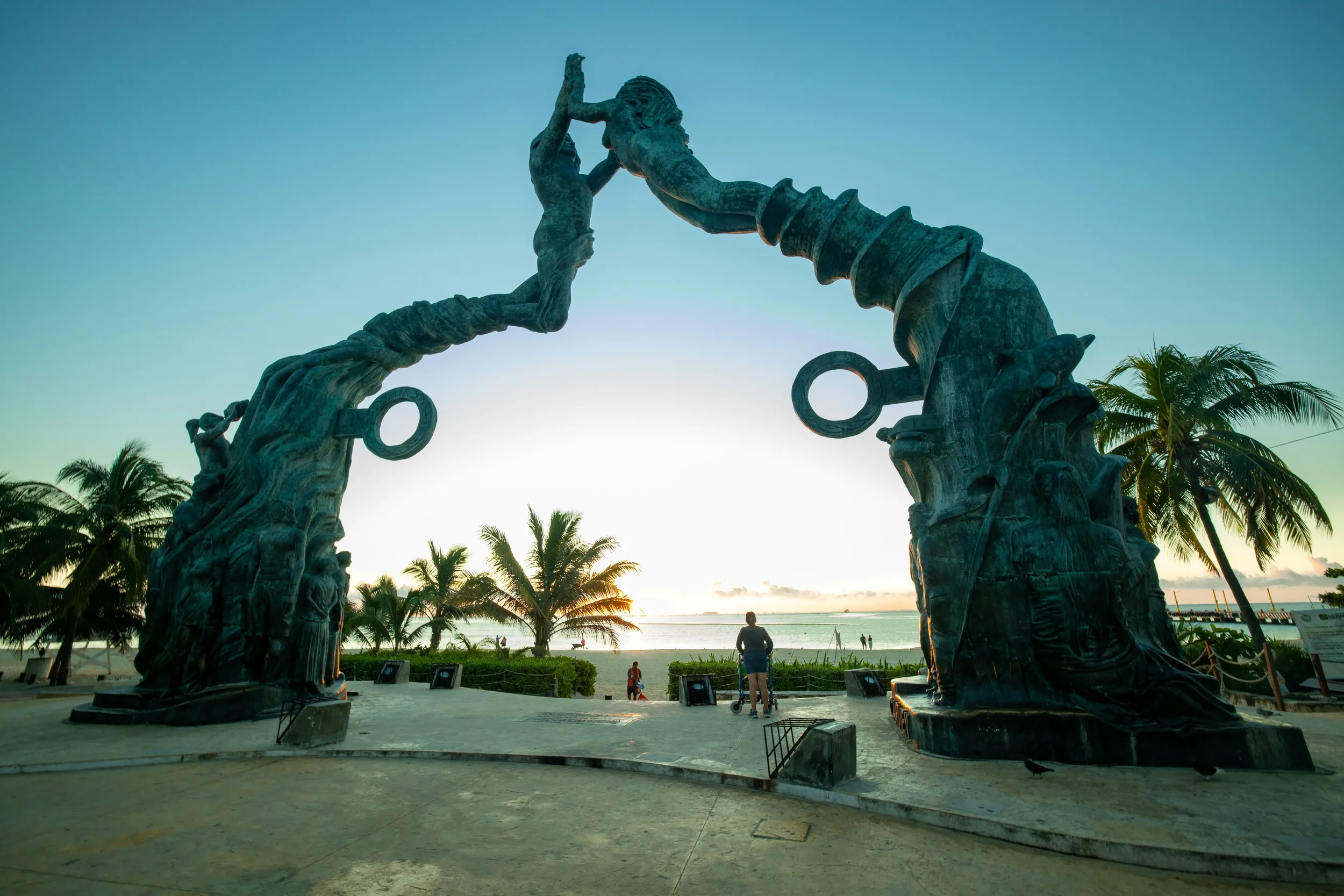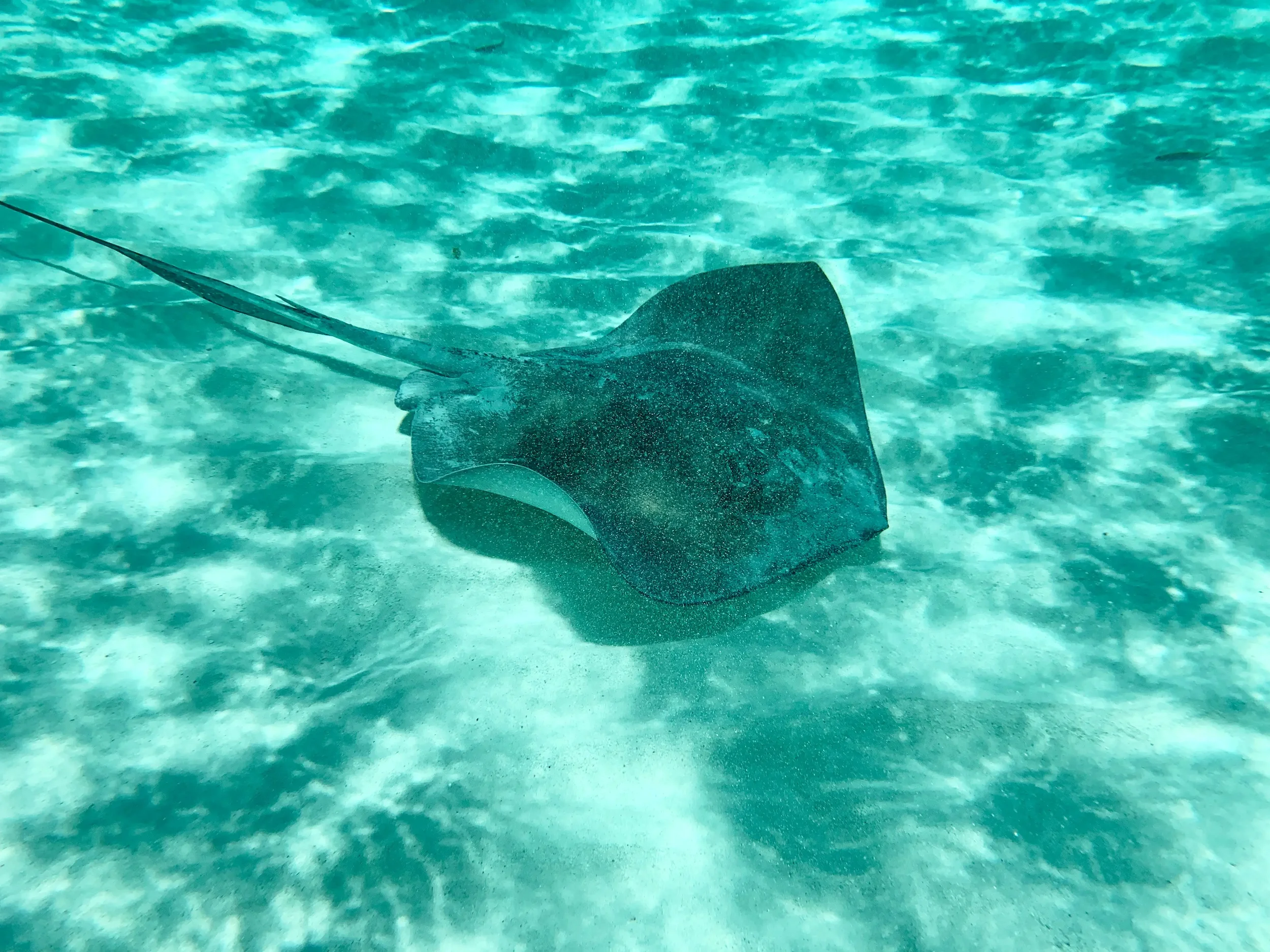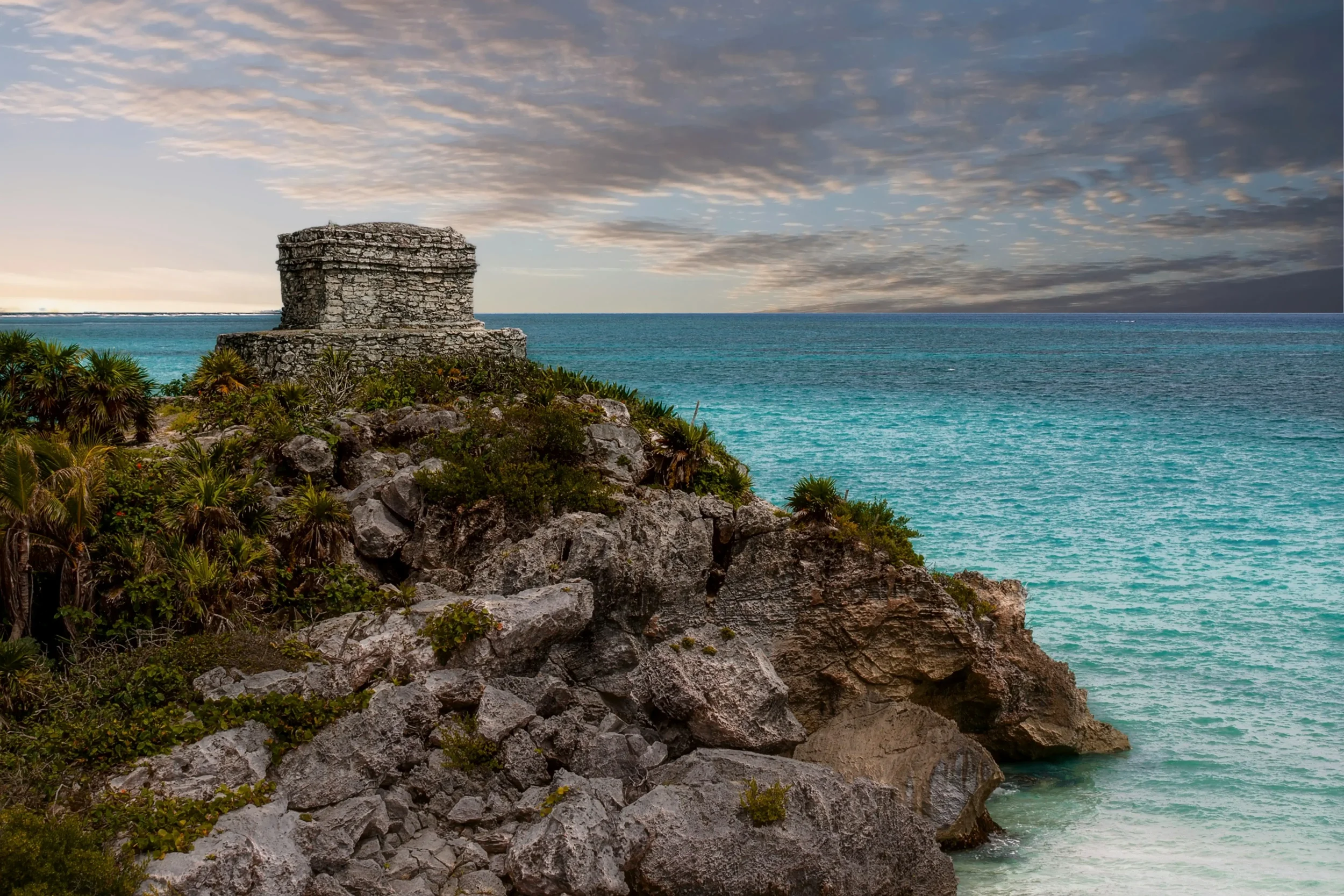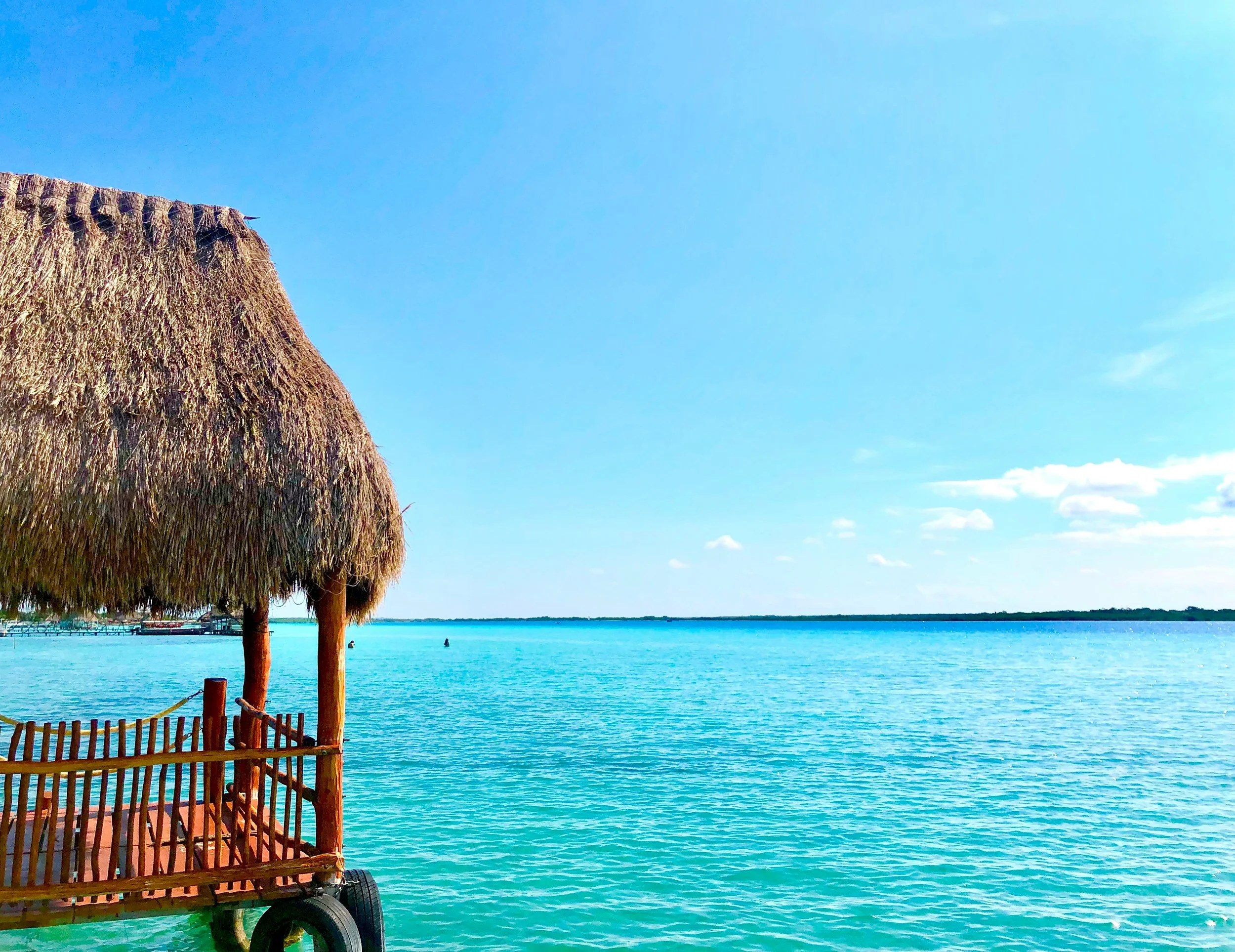MEXICO
-
Mexico, a vast and vibrant country, is a kaleidoscope of ancient civilizations, stunning natural beauty, and a rich, captivating culture. From the bustling streets of Mexico City, teeming with world-class museums and incredible street food, to the sun-drenched beaches of the Riviera Maya and the colonial charm of San Miguel de Allende, Mexico offers an endlessly rewarding travel experience.
Most travelers begin their journey in Mexico City, a sprawling metropolis that blends ancient Aztec history with modern art and incredible culinary delights. From there, you could head south to Oaxaca for its indigenous culture and artisanal crafts, explore the Mayan ruins of Chichen Itza and Palenque in the Yucatán Peninsula, or relax on the Pacific coast's surf beaches. If you're looking for something off the usual path, the deserts of Baja or the dramatic Copper Canyon in the north offer a different kind of magic. Whether you crave adventure, cultural immersion, or simply a hammock by the sea, Mexico delivers with unparalleled hospitality and flavour.
-
Mexico's climate varies significantly depending on the region and altitude, ranging from tropical along the coasts to more temperate in the highlands and arid in the north.
Overall Best Time to Visit: Generally, the dry season (November to April) is considered the best time to visit most of Mexico, offering comfortable temperatures and less rainfall.
Regional Breakdown:
Central Highlands (Mexico City, San Miguel de Allende, Guanajuato):
Temperate Climate: Pleasant year-round due to altitude.
Dry Season (November - May): Sunny days, cool evenings. Temperatures usually range from 10°C-25°C (50°F-77°F). March to May can be warmer before the rains start.
Rainy Season (June - October): Afternoon showers are common, usually brief but intense. Temperatures remain mild.
Yucatán Peninsula & Caribbean Coast (Cancun, Playa del Carmen, Tulum, Mérida):
Tropical Climate: Warm and humid year-round.
Dry Season (November - April): Best time to visit for beach weather and exploring ruins. Temperatures average 26°C-32°C (79°F-90°F) with lower humidity.
Wet Season (May - October): Hot and humid, with increased rainfall and a higher risk of hurricanes (especially August - October). Showers are often short and heavy.
Pacific Coast (Puerto Vallarta, Oaxaca Coast, Los Cabos):
Warm, Humid Climate (South); Dry Desert (North):
Dry Season (November - May): Ideal for beach vacations and surfing. Temperatures are warm and comfortable, with less humidity.
Wet Season (June - October): Hotter and more humid, with afternoon showers. The Pacific hurricane season runs roughly from May to November.
Northwest (Baja California Sur - Los Cabos): Desert climate, hot summers (can exceed 40°C / 104°F) and mild winters (10°C-25°C / 50°F-77°F). Best visited November to March for cooler temperatures and whale watching.
Southern Mexico (Oaxaca, Chiapas - Palenque):
Hot & Humid:
Dry Season (November - April): Best for outdoor explorations of ruins and cultural sites. Temperatures are consistently warm (around 25°C-30°C / 77°F-86°F) with less rain.
Wet Season (May - October): Hot and humid, with heavy rainfall.
Important Tip: While the rainy season can mean daily showers, they often occur in the afternoon, leaving mornings free for activities. Off-season travel can mean fewer crowds and lower prices.
-
UK, EU & US passport holders:
Citizens from the UK, EU, and US generally do not need a visa for tourist stays up to 180 days. Upon arrival by air, you will typically receive a FMM (Forma Migratoria Múltiple), which is an immigration form that you must keep safe and present upon departure. If arriving by land, you will also receive an FMM at the border crossing.
Important Notes:
Passport Validity: Your passport should be valid for at least six months from your planned date of departure from Mexico.
FMM (Tourist Card): This paper form is crucial. Ensure the immigration officer fills in the correct number of days for your intended stay (up to 180). Do not lose it, as you will need to present it when exiting the country. Losing it will require a visit to an immigration office to get a replacement, incurring fees and delays.
Proof of Onward Travel: You may be asked for proof of onward travel (e.g., flight tickets), though this is not always strictly enforced.
Overstay Fines: Overstaying your permitted period can lead to fines and may affect your ability to re-enter Mexico in the future.
-
Currency: Mexican Peso (MXN)
Cash is highly recommended for street food, local markets, small shops, public transport (especially local buses), and in more rural areas. Credit/debit cards are widely accepted in larger cities, tourist resorts, hotels, and major restaurants.
Best way to access money:
Travel Cards: Fee-free travel cards like Revolut, Wise or Monzo generally offer the best exchange rates and can help you avoid foreign transaction fees.
ATMs: Widely available. Look for ATMs from major banks like Banamex (Citibank), BBVA Bancomer or HSBC. Be aware of withdrawal limits and fees from both the local bank and your home bank. It's often cheaper to withdraw larger amounts less frequently. Avoid using independent ATMs in convenience stores, as they often have higher fees.
Exchange Houses (Casas de Cambio): You'll find these in tourist areas and cities. Compare rates, as they can vary significantly. Avoid exchanging money at the airport unless it's a small amount for immediate needs.
Typical daily backpacker budget: MXN 800–1,500/day ($45–$85 USD) – This can cover budget hostel dorms, delicious street food, local transportation, and some basic activities. This budget can fluctuate significantly depending on the region (Yucatán Peninsula resort towns tend to be more expensive than cities like Oaxaca). If you prefer private rooms, frequent tours, or nicer restaurants, expect to spend more.
Tips:
Street Food is King: Mexico has some of the best street food in the world, and it's incredibly affordable. Tacos, tostadas, quesadillas, tamales – eat your way through the country! Look for popular stalls with a good turnover.
Comida Corrida / Menu del Día: Many small restaurants offer a fixed-price lunch menu, typically including soup, a main course, and a drink, for a very reasonable price.
Don't drink the tap water: Stick to bottled or filtered water, including when brushing your teeth. Many accommodations offer drinking water stations.
Local Markets (Mercados): A fantastic place to find cheap, fresh produce, local specialties and affordable meals.
Public Transport: Metro systems (Mexico City is excellent) and local buses are very cheap. Long-distance buses (like ADO) are comfortable and efficient for intercity travel, though prices vary by class.
Bargain Politely: In markets, particularly for souvenirs, gentle bargaining is common and expected. For taxis, it's often best to agree on a price beforehand, especially if there's no meter or you're outside a major city. Using ride-sharing apps (Uber, Didi) in cities often provides transparent pricing.
Main Destinations

